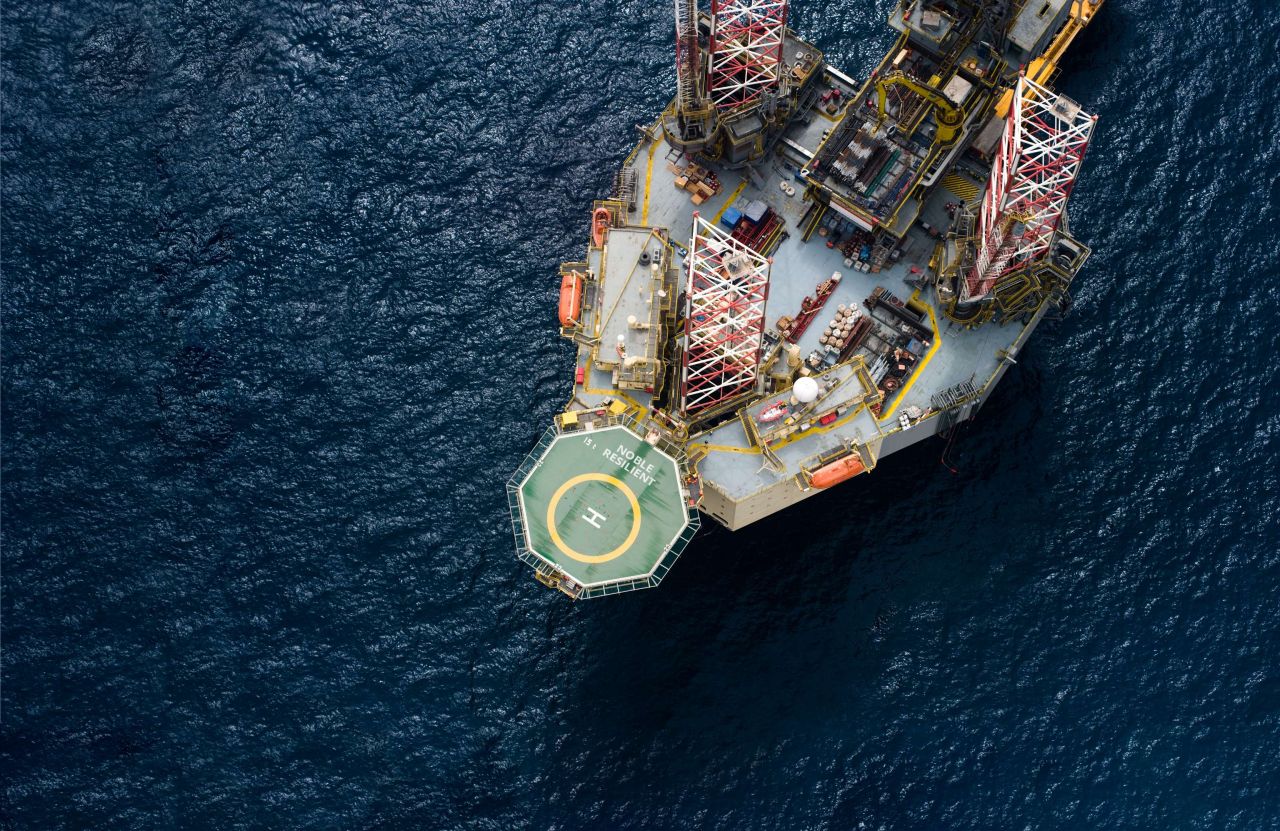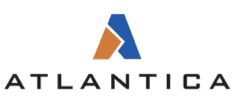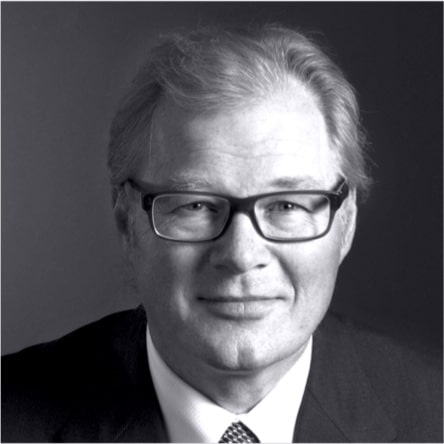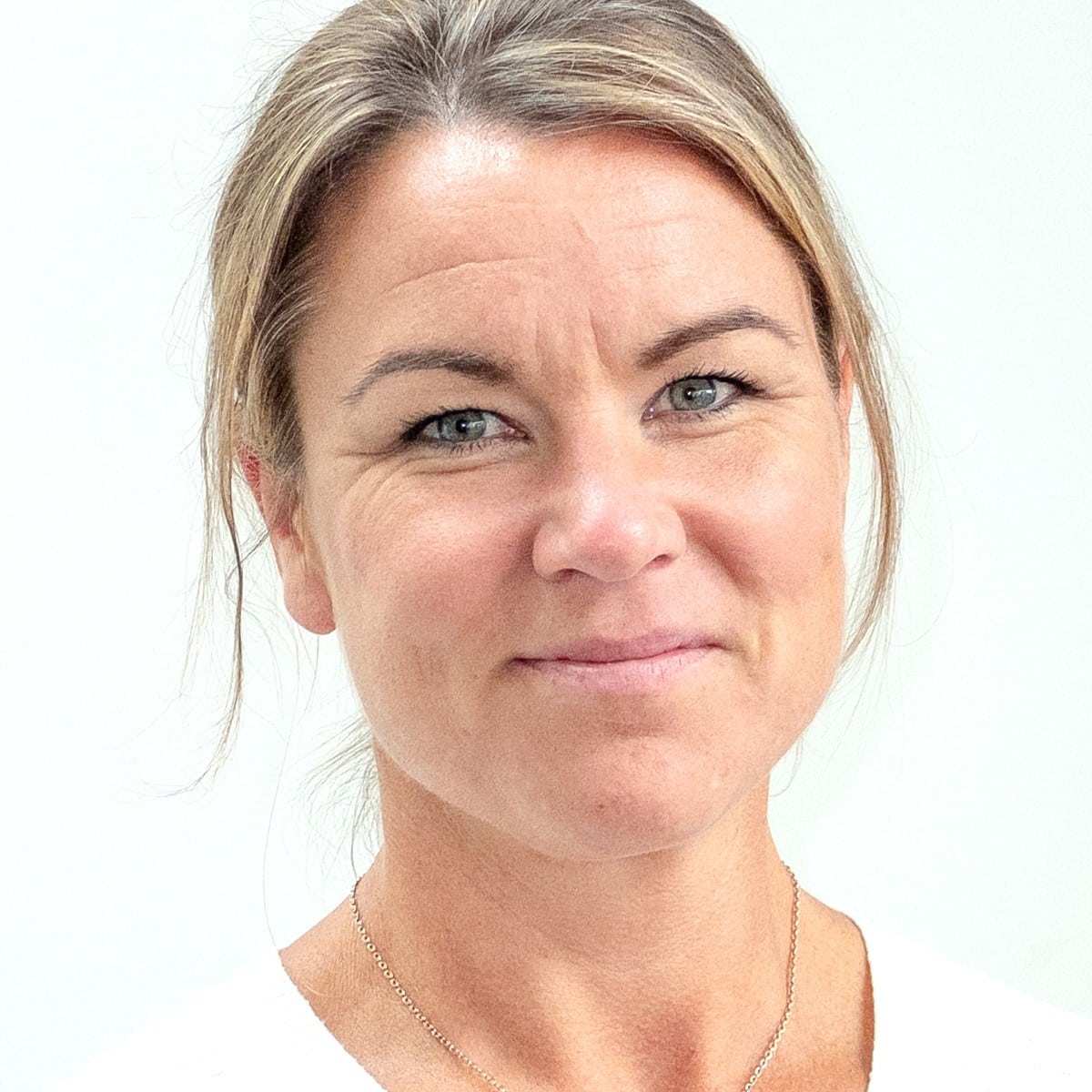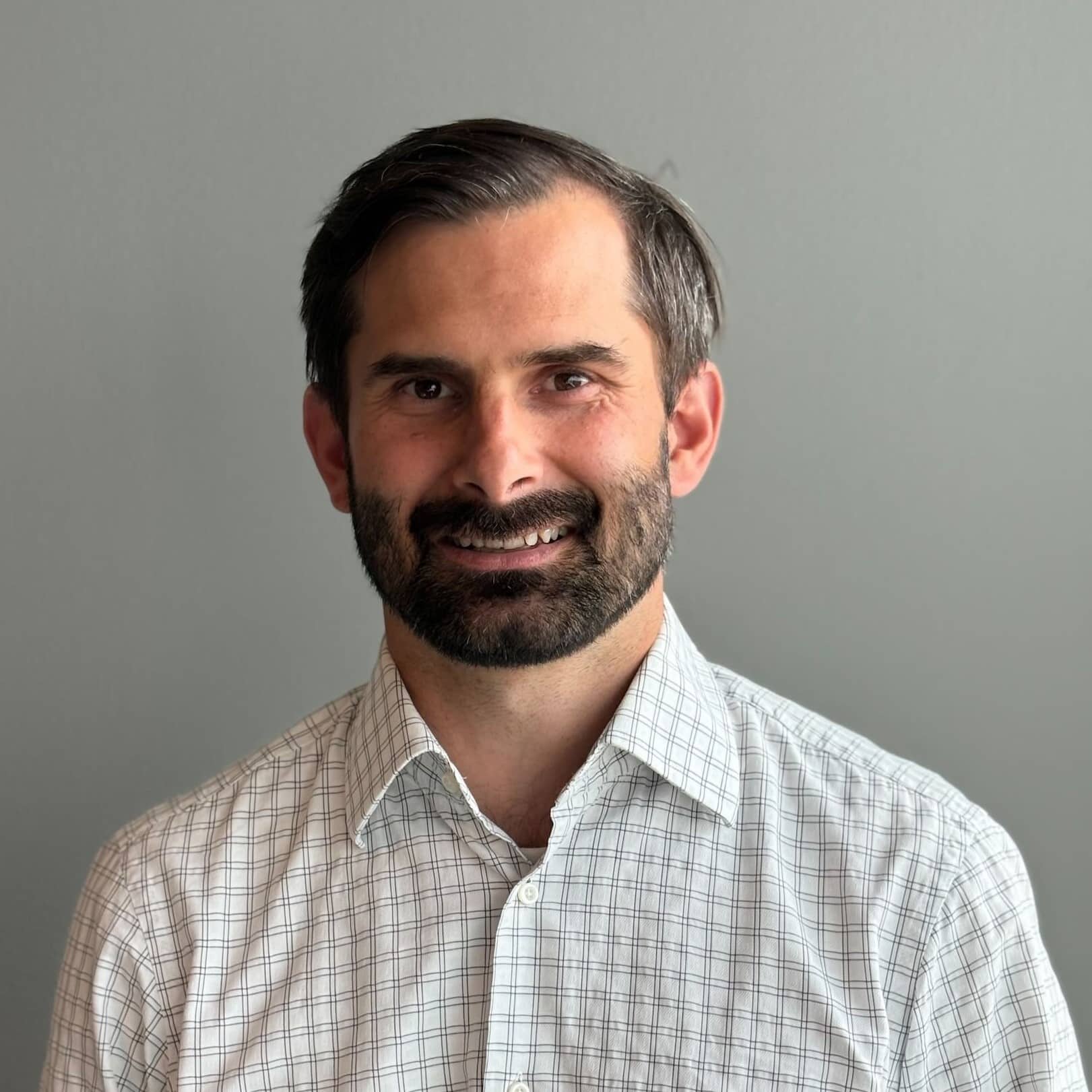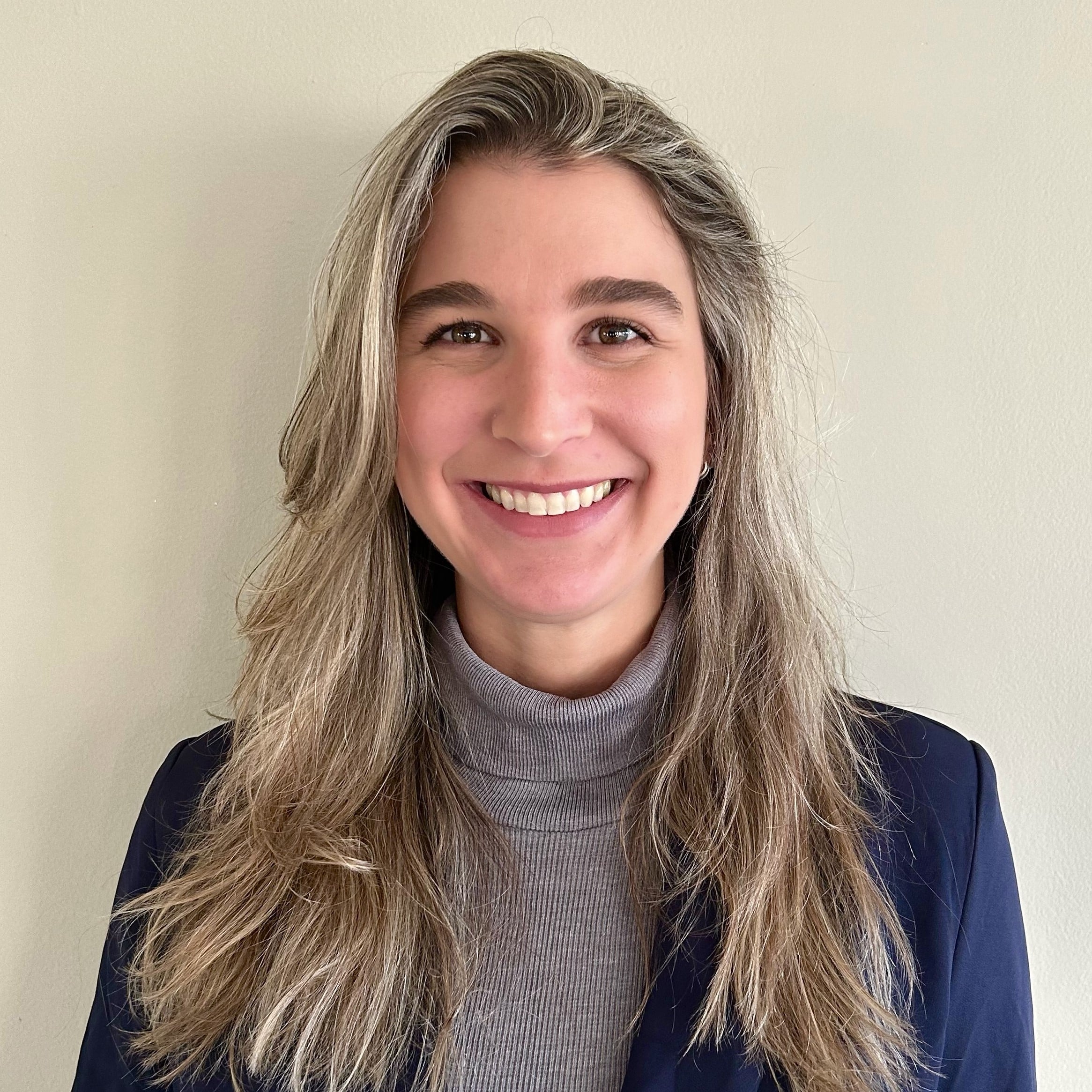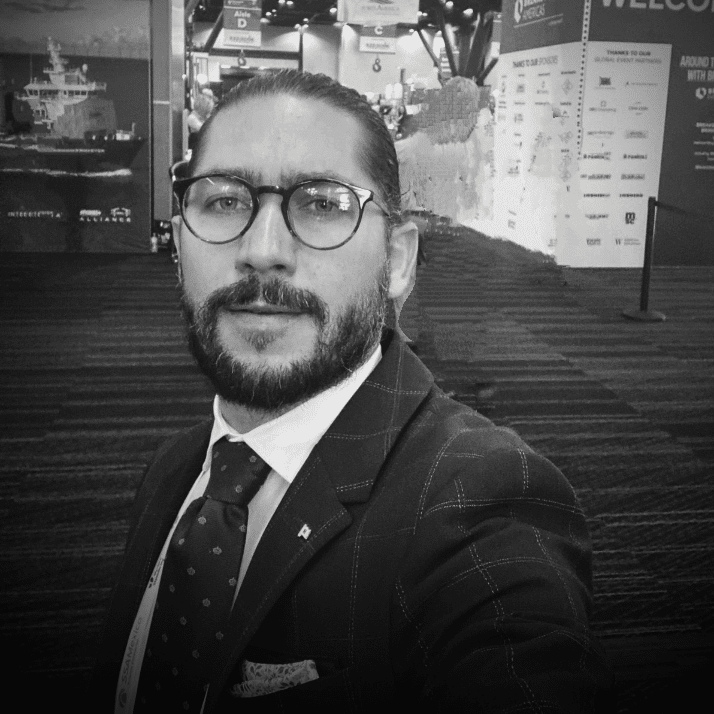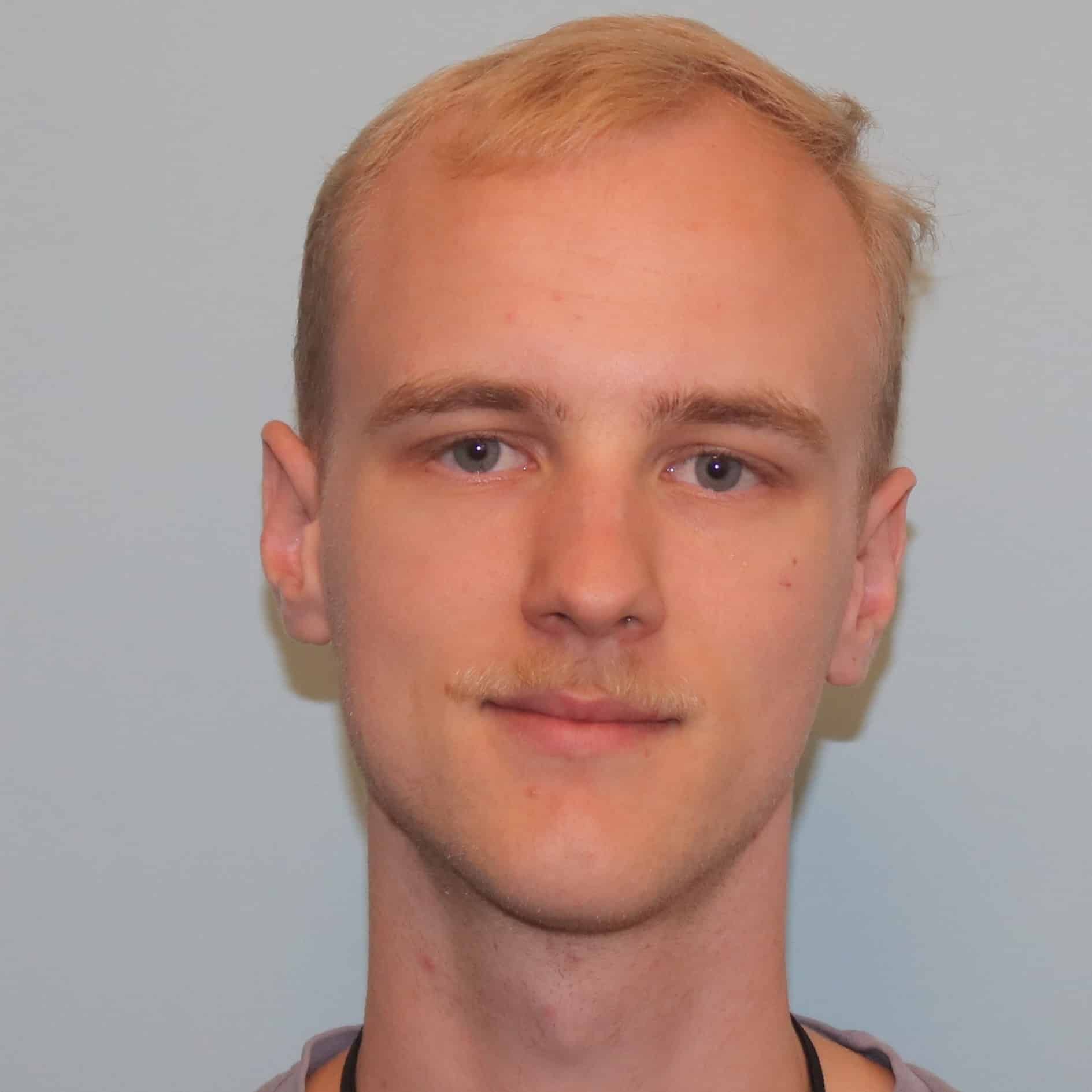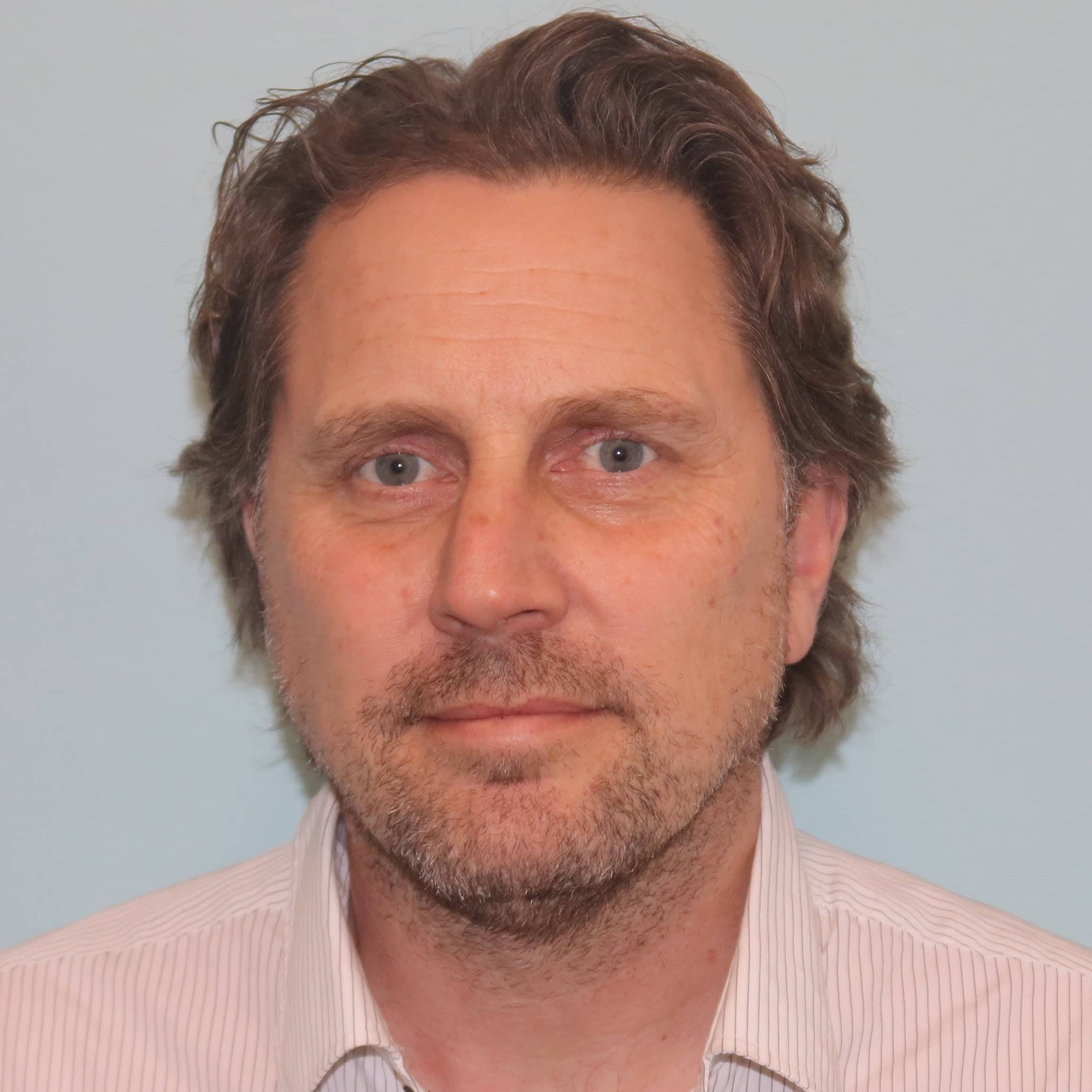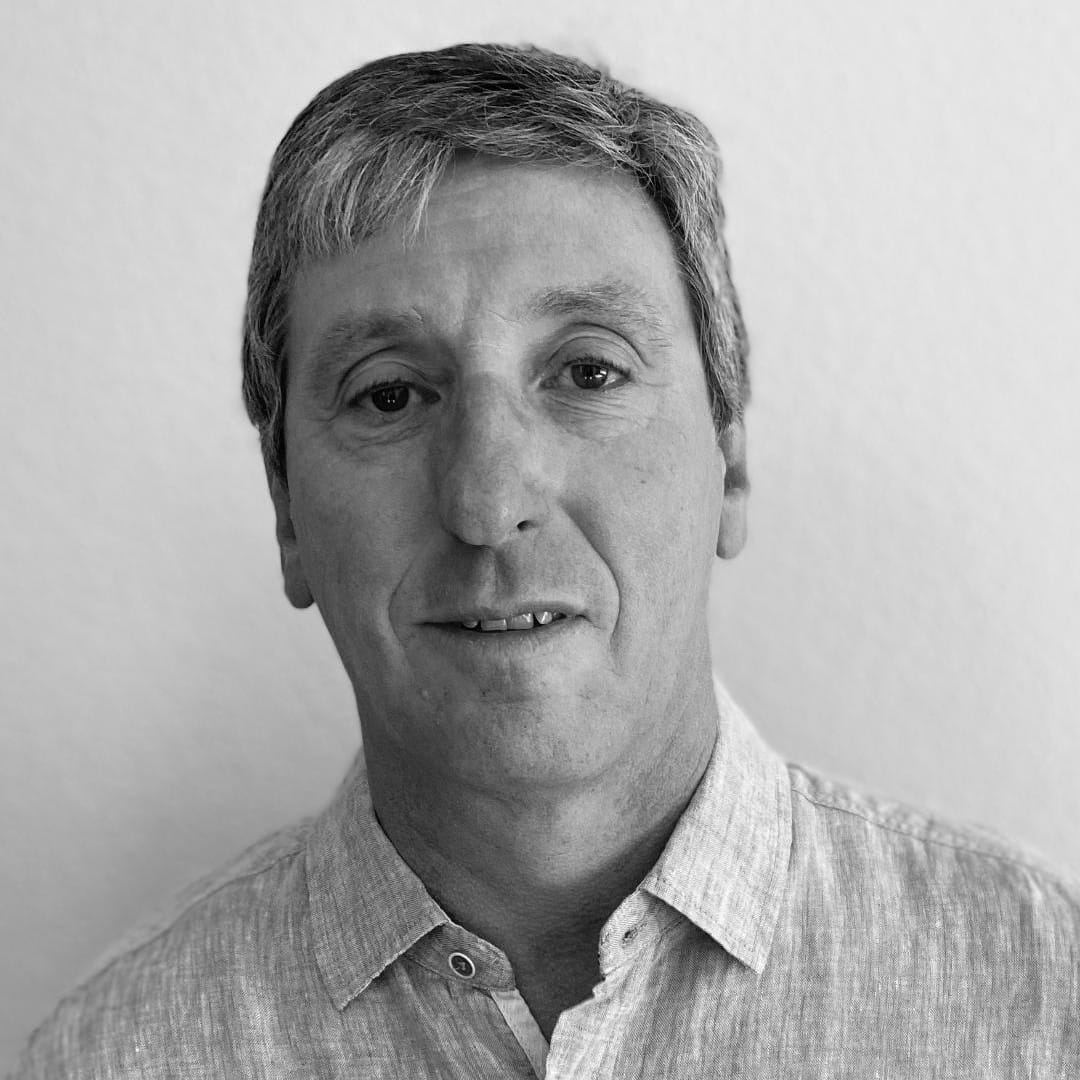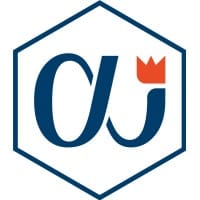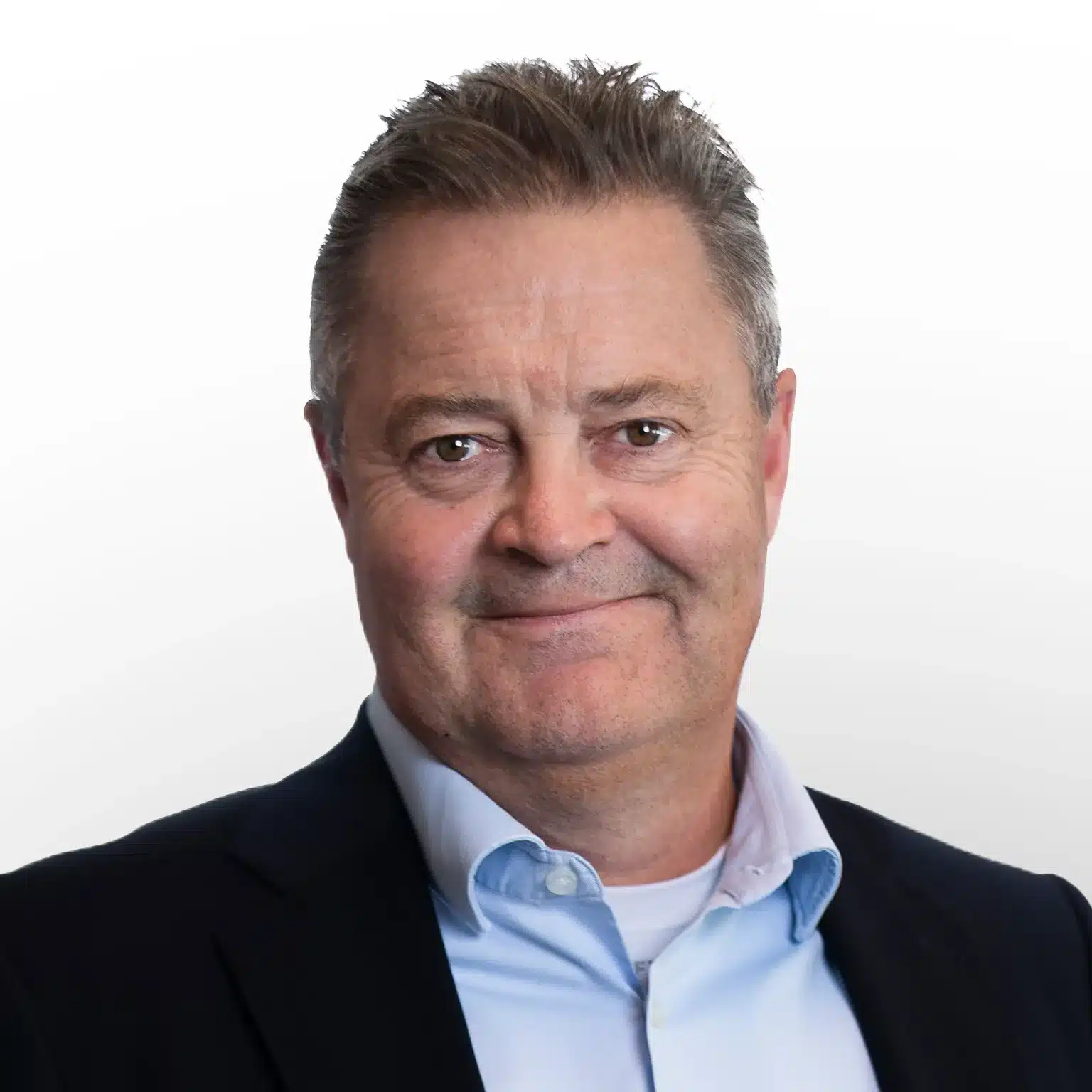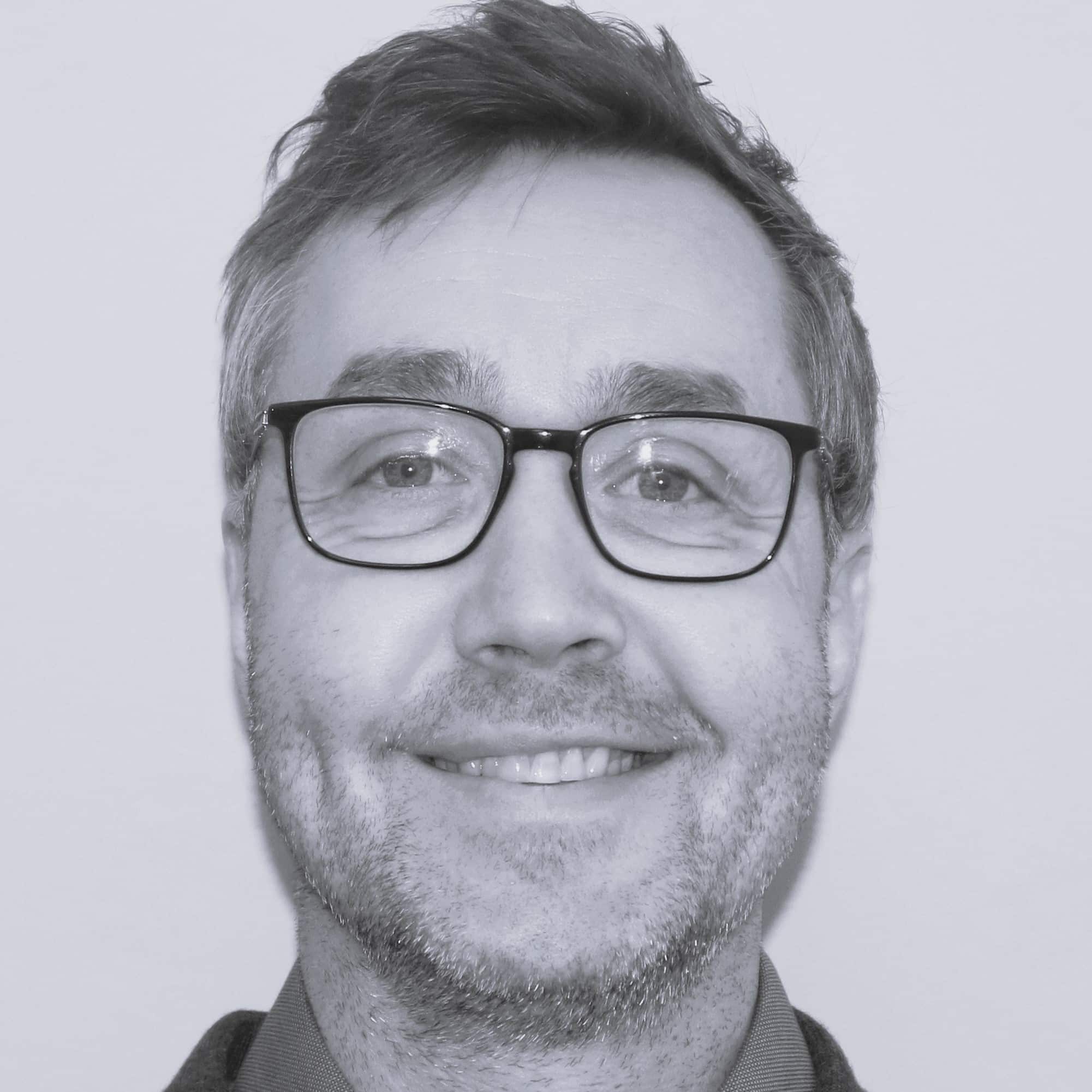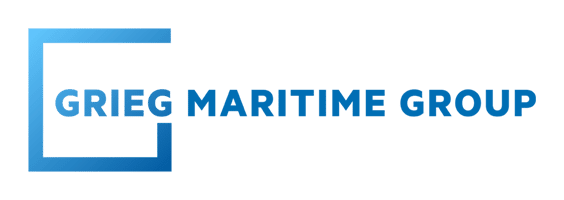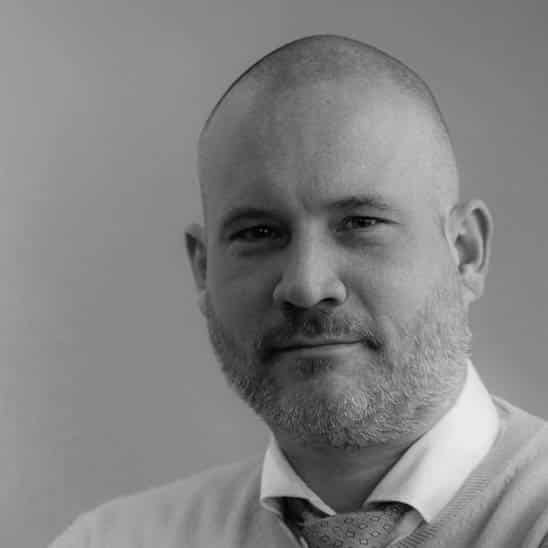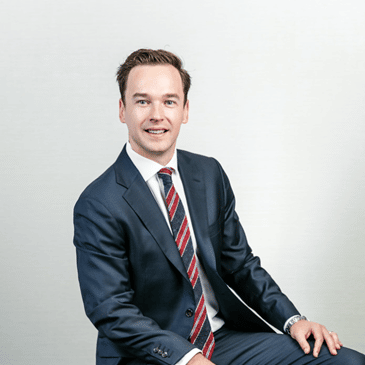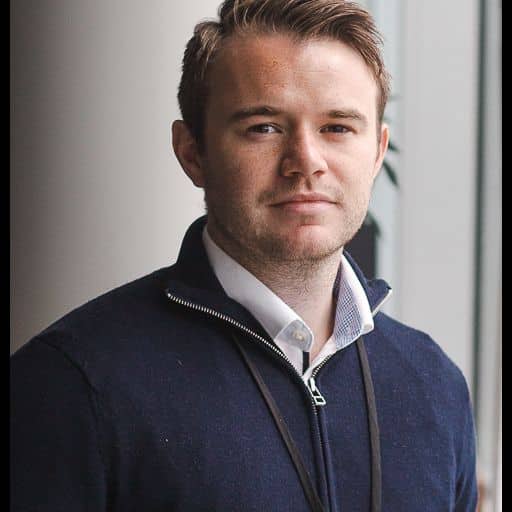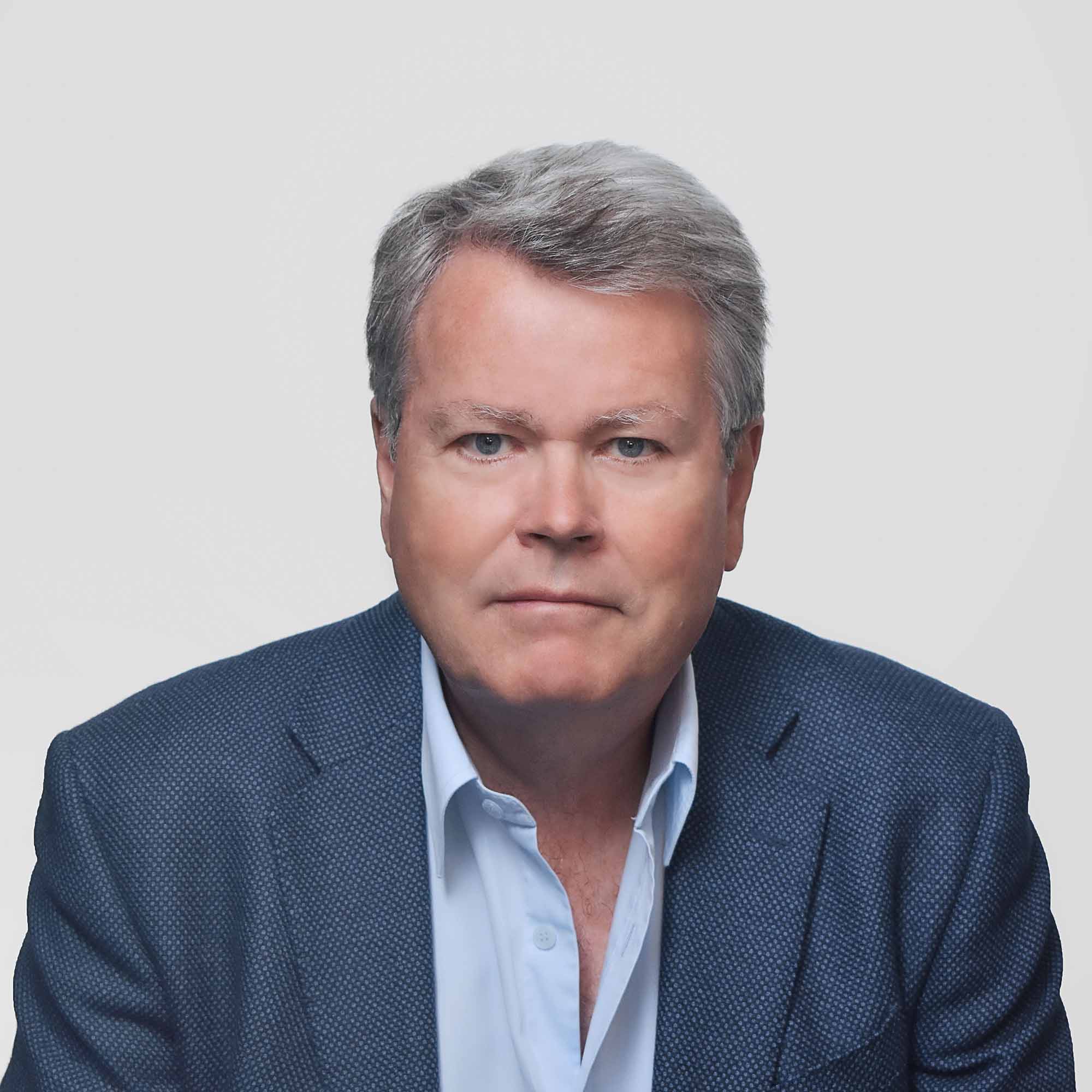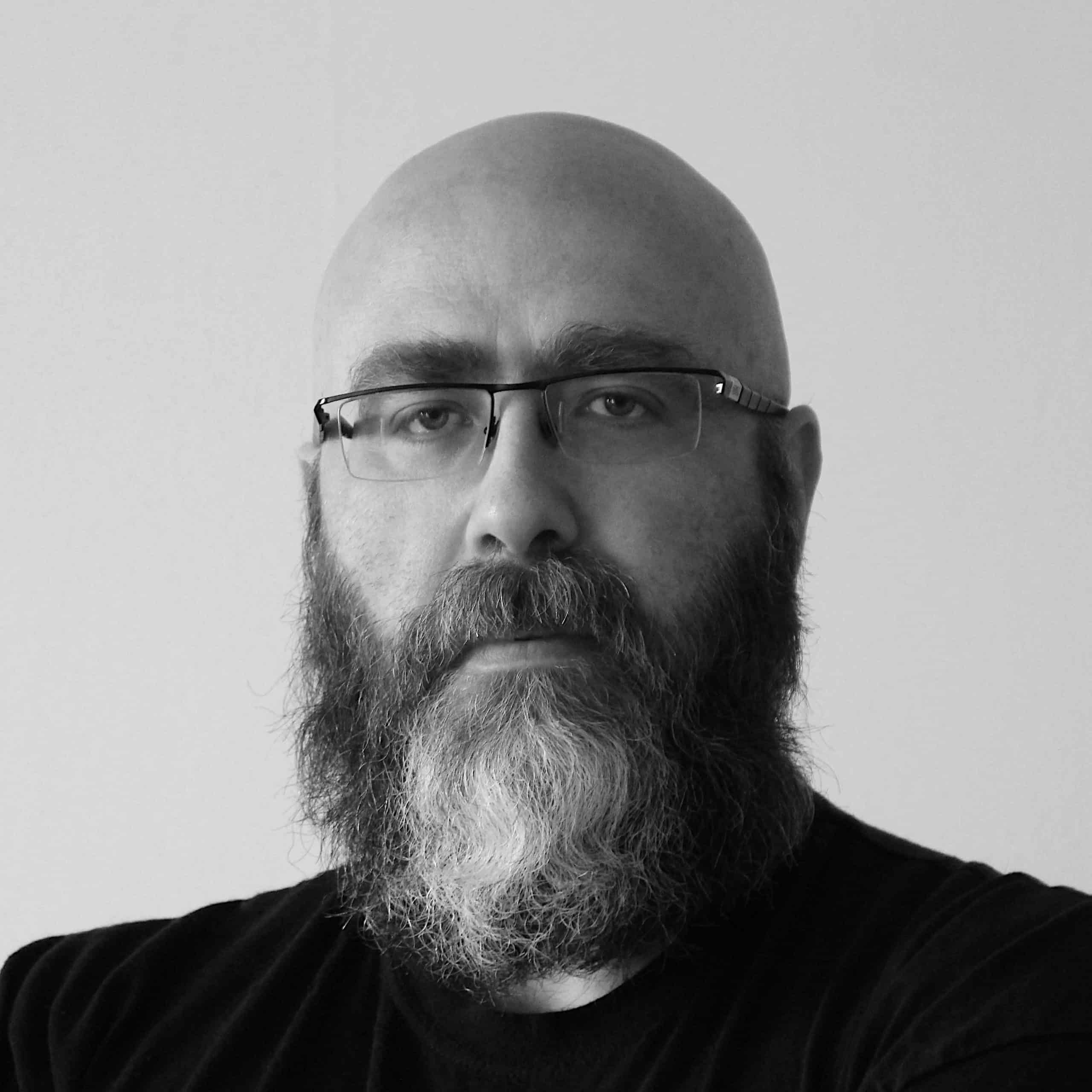This week has been low on new contract announcements, but it is noteworthy that a couple of new rig sales have been disclosed. While one sale has been finalised, the agreement on the other is expected in the near future, further reducing the already shrinking pool of vintage semisubmersibles.
In case you missed it, you can access our previous Rig Market Roundup here.
Esgian Rig Analytics/Values Story
The first half of 2024 has so far seen four vintage semisubmersible drilling rigs agreed to be sold for recycling compared to zero such sales in 2023, and three such sales for the whole year of 2022. Is there more to come? Read more here.
Contracts
Noble Corporation has secured a new well intervention contract with Harbour Energy in UK waters of the North Sea for the 350-ft jackup Noble Resilient. The contract is expected to run for 30 to 70 days, beginning in July 2024. The contract with Harbour is to begin in direct continuation of the rig’s current work with Wintershall offshore Denmark and before a previously announced two-well contract with Petrogas in UK waters, which was scheduled for August 2024.
Drilling Activity and Discoveries
The recently drilled offshore production well at the Kupe oil and gas field in New Zealand is underperforming despite a recent wireline well intervention. Beach Energy, the operator of the Kupe field in the Taranaki Basin, drilled the Kupe South-9 development well in late 2023 using the 400-ft jackup Valaris 107. Initially, it was anticipated that the well, the first drilled at the field since 2009, and the field’s fourth producing well, would boost the field’s production. Brought online in the first quarter of 2024, the well’s production levels fell short of expectations, prompting a wireline intervention operation. Earlier this week, NZOG, a 4% partner in the field, reported that the KS-9 wireline intervention campaign conducted in April/May 2024 had failed to improve well performance. Genesis Energy, a 46% partner, stated that the intervention was unable to generate sufficient flow to sustain well operation due to reservoir pressure and liquid inflows, indicating that further interventions might be considered.
BW Energy has expanded its Hibiscus / Ruche Phase 1 drilling campaign on the Dussafu licence offshore Gabon to nine wells, adding a second Hibiscus South well, a fifth Hibiscus well and a Bourdon prospect test well. BW Energy has secured a contract extension for the 400-ft Borr Drilling jackup Norve to carry out this work, keeping the rig into October 2024. The company recently made an oil discovery at the DHIBM-7P pilot well, appraising the northern flank of the Hibiscus field.
Turkish Petroleum Corporation (TPAO) has started drilling the Goktepe-2 well in the Sakarya gas field, in the Black Sea offshore Türkiye. The company is using its 6th generation 10,000-ft drillship Fatih for the operation. It has previously drilled the Göktepe-1 exploration well earlier this year, and the Tuna-1 discovery in 2020, also in the Black Sea.
Energean has discovered 270 ft of net pay during its Abu Qir infill drilling campaign offshore Egypt, around twice the company’s initial expectations. The well was drilled with Egyptian Drilling 375-ft jackup El Qaher I from the existing North Abu Qir PII platform. Net pay was encountered at the NAQ-PII#2 well across the BKES-1 and Abu Madi formations. Energean’s preliminary analysis indicates gas-initially-in-place volumes of 87-129 Bcf. The well also encountered a possible liquids column of around 55 feet of net pay that requires further analysis. Energean expects the first production in Q3 2024. The Abu Qir concession is in the shallow waters of Abu Qir Bay in the West Nile Delta of Egypt and is managed by Energean through the company Abu Qir Petroleum.
Pharos Energy has announced that preparations are well advanced for its two-well drilling programme on the TGT field in Vietnam. Planning is underway for drilling in Blocks 125 and 126, also in Vietnam. For the producing TGT field, operated by Hoang Long Joint Operating Company (HLJOC) with Pharos holding a 30.5% interest, the plan is to drill two development wells. The drilling is expected to start in the second half of the year. No information has been shared about the rig to be used for the programme. The TGT is a shallow water field, and previous wells at the field have utilised a jackup rig, so it is expected that a jackup will be used again. TGT production averaged 12,341 boepd gross and 3,661 boepd net to Pharos in 2023, a decrease from 13,784 boepd gross and 4,089 boepd net to Pharos Energy in 2022. Elsewhere in Vietnam, Pharos stated that it is progressing options to secure a drilling slot for Prospect A in Blocks 125 and 126, describing it as “the key catalyst for parties interested in farming into these licences.” Earlier this year, Pharos said that a 3D seismic data interpretation underway at the time had highlighted greater prospectivity in the deeper water section of Block 125, requiring a drillship or a dynamically positioned (DP) semisubmersible rig. It has also said that several interested farm-in parties were awaiting confirmation of the timing of the rig slot and clarity on the well cost. Namely, the current phase of the exploration period under the Block 125&126 PSC runs to November 2025, and the company wants to secure a farm-in partner before drilling the commitment exploration well.
Valeura has started a development drilling campaign on the Nong Yao C extension in the Gulf of Thailand. Using the Borr Drilling 350-ft jackup Mist, the Nong Yao C drilling follows the successful completion of an infill drilling campaign at Nong Yao A, also part of the Nong Yao field. The rig has now moved to the Nong Yao C mobile offshore production unit, where it has begun batch drilling operations to develop the Nong Yao C field extension. The drilling campaign is expected to take approximately four months and will comprise up to nine gross wells, including six producer wells and up to three water injectors. Valeura still anticipates the first oil from the Nong Yao C development in Q3 2024, as reported back in April. The company is targeting aggregate peak oil production rates from the expanded Nong Yao field of 11,000 barrels per day (bbls/d), representing an approximately 50% increase over the 7,307 bbls/d reported for Q1 2024. In the Nong Yao A drilling campaign, Valeura drilled two production-oriented horizontal wells at the Nong Yao A wellhead platform, both of which have been brought online as producers. The 37H well culminated in a horizontal section within the primary target H12.5 reservoir. This zone has been completed for production and is currently contributing approximately 500 bbls/d of oil net to Valeura before royalties, based on performance over the past ten days. Additionally, the well encountered 68 feet of net oil pay across eight separate appraisal target intervals. These zones will be further evaluated as targets for potential future development wells, which could add further producible volumes to the asset. The 38H well has been completed as a horizontal producer in the H4.3 reservoir interval and is currently contributing approximately 1,000 bbls/d of oil net to Valeura before royalties, based on performance over the past five days. A thin oil-bearing sand was encountered in the shallower H2.0 sand interval and will also be studied to determine additional producible volumes. Borr Drilling’s Mist jackup rig has a firm contract with Valeura until September 2025, after which Valeura will have an option to extend the contract until the end of 2026.
Aker BP has drilled a dry well in the North Sea offshore Norway. The well 24/6-5 Alvheim Deep is located in production licence 203, and it is the eleventh exploration well drilled in this licence. The 492-ft jackup Noble Integrator was used to drill this well. The water depth at the site is 120 metres. The well 24/6-5 was drilled to a vertical depth of 4626 metres below sea level, and was terminated in the Draupne Formation in the Upper Jurassic. The objective of the well was to prove petroleum in Upper Jurassic reservoir rocks in the Intra-Draupne Formation. The well encountered the Draupne Formation, but no reservoir was present. The well is dry. The rig will now drill sidetracks in the Kneler deposit, one of the six deposits in the Alvheim field in the North Sea where Aker BP is also the operator.
Vår Energi has drilled an exploration well in the Barents Sea offshore Norway, which is dry. The exploration well 7219/6-1 Venus is located in production licence 1025 S. This is the first well to be drilled in the licence, which was awarded in 2019. The well was drilled using the 1,640-ft semisub Transocean Enabler. The water depth at the site is 399 metres. The primary and secondary exploration targets for the well were to prove petroleum in two levels in Lower Palaeocene reservoir rocks in the Torsk Formation. The well encountered the primary exploration target at 1406 metres below sea level with alternating silty/schistose reservoir rocks with a thickness of 10-15 metres. Traces of gas have been observed at a depth of 1430 metres. Attempts were made to collect fluid samples, but were unsuccessful. The reservoir rocks are tight. The secondary exploration target was encountered at 1563 metres below sea level, without the presence of reservoir rocks or indications of hydrocarbons. The well is classified as dry. The rig has proceeded to well 7220/2-2 in production licence 1080 for Equinor.
EnQuest has drilled and completed the first infill well of a three-well programme at the Seligi field in Malaysia, using a tender assisted rig. First oil was delivered on 9 May, with production rates in line with expectations as optimisation work is ongoing, EnQuest said Thursday. EnQuest is using the 800-ft Sapura Pelaut TAD for Seligi drilling. The remaining two wells in the programme will be completed by July 2024, EnQuest said. Average production at PM8/Seligi for the first four months of 2024 was 7,714 Boepd.
Progress on moving the Equinor-operated Kveikje discovery towards development has been slow, according to one of the licence partners. Made in 2022 with the 10,000-ft semisub Deepsea Stavanger, the Kveikje discovery is located in the North Sea in licence 293 B, which Equinor operates in partnership with DNO Norge, Longboat Japex Norge, and INPEX Idemitsu Norge. Longboat has stated that the progress has been frustratingly slow due to diverging views from partners in the wider area on the best offtake solution. According to Longboat, the Norwegian regulator SoDir (previously NPD) has now become involved in the situation in an attempt to unlock the development plans for the significant resources (~350 mmboe) already identified in Kveikje and the surrounding fields. Longboat recognised that Kveikje is likely to take longer to realise than previously anticipated. Longboat Japex is also a partner in the DNO-operated Kjøttkake (aka Lotus) exploration well in the production licence 1182S, located directly to the south of Kveikje. The Kjøttkake well is anticipated to spud in late Q4 2024 with the 3,900-ft semisub Deepsea Yantai. Following a farm-out announced in late 2023, Longboat Japex is fully carried on the Kjøttkake well costs up to cap greater than the currently forecast dry hole budget. Based on the internal estimates at the time of the original licence application, the Kjøttkake prospect contains gross mean prospective resources of 27 mmboe with a chance of success of 54% with the key risk being hydrocarbon retention. Kjøttkake and Kveikje could potentially form part of an integrated development once the area-wide issues are resolved.
Demand
BW Energy is exploring rig availability and securing long lead items for a 2025 exploration program at the Kudu field on PL 003 offshore Namibia. BW Energy has 3D seismic processing ongoing, which it expects to complete in the third quarter of 2024, considering additional data points and recent discoveries. The company is progressing concept development for a Kudu gas to power project, which may use a repurposed semisubmersible as a floating production unit. The Kudu field was discovered in 1974 with the Kudu-1 well. PL 003 is in the northern Orange subbasin in around 560 ft (170 m) of water.
Ithaca Energy’s upcoming combination with Eni’s UK business increases the likelihood of developing its Cambo project, located west of the Shetland Islands. However, amid the backdrop of the UK’s fiscal environment and potential tax changes ahead of general elections, Ithaca is still looking to farm down its Cambo interest. Efforts to develop the Cambo project have been underway for years, with its final investment decision (FID) being postponed several times. Following an increase of its stake in Cambo to 100% through a deal with Shell, the operator has been actively engaging with potential farm-in partners to secure an aligned joint venture partnership that would enable the future progression of the project towards FID and assist in obtaining the additional funding required for the project. In March 2024, Ithaca was granted a two-year licence extension for the field. Following this, in April of the same year, Ithaca entered into an agreement with Eni, under which Eni will combine its UK upstream assets with Ithaca. The combination includes Eni’s recently acquired Neptune Energy assets and excludes its East Irish Sea and CCUS assets. The current focus is on the completion of the deal, which is expected before the end of September 2024, and the integration of businesses in the UK. During Ithaca Energy’s Q1 2024 results webcast on Tuesday, the company’s executives stated that the deal with Eni makes the project “more possible and more solid in terms of bringing it to FID”. The company is, however, still looking for a farm-down partner in the backdrop of the current fiscal environment and potential tax changes in the UK ahead of general elections scheduled for July. The decision will follow clarity from the government regarding their fiscal policy.
Jadestone Energy has submitted an environment plan to re-enter and sidetrack the existing Skua-11 well in production licence AC/L8 in the Timor Sea, offshore Australia. Jadestone Energy has submitted an environment plan to re-enter and sidetrack the existing Skua-11 well in production licence AC/L8 in the Timor Sea, offshore Australia. The Skua-11 well is a proposed subsea oil producer located in the Skua field, approximately 706 km (376 nautical miles) east of Darwin, in a water depth of roughly 80 metres (263 feet) within Commonwealth waters of the Timor Sea. The environment plan covers the well drilling programme for the Skua-11 ST1 well in Production Licence AC/L8. The Skua-11 ST1 well activities are scheduled to start between Q4 2024 and Q2 2025, subject to jackup rig availability, regulator acceptance, and the arrival of long-lead equipment. Operations are expected to last approximately 72 days in total; however, the schedule is subject to weather and operational efficiency. The Skua-11 well is part of the Montara development, where crude oil from the Montara, Skua, Swift, and Swallow fields is transported via flowline for processing at the wellhead platform (WHP) and Floating Production Storage Offtake (FPSO). The WHP currently has five production wells, and there are five subsea production wells located approximately 17 to 18 km from the FPSO. Similar to the drilling rigs used in previous Montara campaigns, the jackup rig to be used will need to operate in water depths of up to 146 metres (around 479 feet) and drill to depths of up to 10,700 metres (around 35105 feet). The rig will need to be able to accommodate approximately 140 persons on board (POB).
Baron Oil has postponed the expected spud date for the Chuditch-2 appraisal well offshore Timor-Leste after discussions with the operator of a suitable rig for testing the original Chuditch-1 discovery. The company has also proposed a name change. Baron recently completed the reprocessing of seismic data, confirming the presence of a significant structure associated with the field. “Chuditch has been demonstrated to be a field of significant scale, interpreted to be over 20 km long and more than 150 m in vertical relief, with a Pmean Contingent Resource of 1.16 Tcf of gas. Hence, the company will automatically progress into Contract Year Three on 19 June 2024, with confidence in its plans to drill a key milestone well on Chuditch, subject to securing drill funding.” Contract Year Three of the PSC includes a commitment to drill a well to appraise the Chuditch gas discovery. Baron stated that the predicted vertical column height of gas in the Jurassic reservoirs at the selected well site location is 149 metres (around 489 feet). Last month, Baron Oil chose a new location for the Chuditch-2 appraisal well after a survey showed that the seabed at the previously proposed site was unsuitable for a jackup rig. The new site is 5.1 km (3.1 mi) from the original Chuditch-1 discovery well, in a water depth of 68 m (223 ft), and 286 m east-northeast of the initial location. Regarding the jackup rig to be used for the project, the company said it was in talks with the operator of a rig it considers suitable for drilling the Chuditch-2 well. “These discussions are of a technical and commercial nature. The schedule of activities planned by other operators for the target rig means that the company now believes the most likely commencement date for drilling operations is Q1 2025, rather than late 2024 as previously indicated,” Baron Oil said. Baron Oil is also seeking additional funding partners for the appraisal well. Also, at the company’s 2024 AGM, a resolution will be put to shareholders to approve the proposed name change to Sunda Energy plc, reinforcing the company’s focus on SE Asian energy markets. The name relates to the vast archipelago of islands in the SE Asia region. Notably, Baron Oil’s subsidiary operating the Timor-Leste licence containing the Chuditch field is called SundaGas. SundaGas holds a 60% stake in the block, with the state-owned Timor GAP owning the remaining 40%.
Mobilisation/Rig Moves
Saipem-managed 375-ft jackup Perro Negro 9 arrived at Ras Tanura anchorage in Saudi Arabia. During the Saipem’s Q1 2024 results call in April, the company executives stated that three Saipem-managed jackups had been affected by Saudi Aramco’s series of contract suspensions. This is the second unit Saipem has relocated to an anchorage. Previously, the 375-ft Perro Negro 10 was towed to Ras Al-Khair. Saipem has five jackups currently under contract to Saudi Aramco: the 375-ft Perro Negro 7, the 350-ft Perro Negro 8, the 400-ft Perro Negro 11, the 300-ft Perro Negro 12, and the 400-ft Perro Negro 13.
The 400-ft jackup Admarine 503, owned by Advanced Drilling Services (ADES), is being towed to Bahrain’s Arab Shipbuilding and Repair Yard Company (ASRY). The rig was originally scheduled to remain working for Aramco offshore Saudi Arabia into Q4 2025. However, Admarine 503 is currently on contract suspension for up to 12 months. The original term of the contract will automatically be extended for a period equal to the suspension of the rig, preserving the remaining backlog of the contract. ADES also has the 250-ft Admarine 262, the 375-ft Admarine 691, and the 400-ft Admarine 502 in ASRY in Bahrain. Admarine 503 is a KFELS B Class rig that operates in water depths of 400 ft.
ADES’ 375-ft jackup rig Emerald Driller has arrived at its offshore location in Indonesia after a journey from Qatar aboard a heavy-lift vessel. The rig left Qatar on 12 May, following the completion of its contract with TotalEnergies. It arrived in Indonesia this week aboard the COSCO heavy-lift vessel Xiang Rui Kou. As previously reported, the Emerald Driller will soon start its three-year firm contract with Pertamina Drilling Services Indonesia (PDSI) in Region 2, Java Sea. Pertamina has the option to extend the contract by an additional two years. The rig is expected to start drilling the first well under the contract in the first or second week of June, when it will start earning dayrates. Elsewhere in Indonesia, the 400-ft jackup rig Valaris 106, on contract with bp, has reportedly been sublet to Pertamina for a two-well programme. The rig is understood to have started its tow from Bintuni, West Papua, to drill two development wells for Pertamina in the Java Sea.
Indian state oil company ONGC has moved 45 jackups to new locations ahead of the Indian monsoon season. The moves were completed from late March to late May 2024. ONGC was supported in the rig moves by ABL Group, acting as tow master and providing marine warranty services. ABL stated that the 45 rigs moved was a record for ONGC, surpassing the previous high of 37 rig moves.
Rig Sales
Dolphin Drilling has decided to sell its recently acquired 5,500-ft idle semisubmersible, the Dolphin Leader (formerly Transocean Leader). Dolphin bought the cold stacked rig from Transocean last year in a package deal with the 1,969-ft Paul B. Loyd, Jr., for a total of $61.5 million (plus an additional $3 million). In its Q1 2024 report, Dolphin stated that the decision to recycle the Dolphin Leader has been confirmed by the board, but provided no further details in the report. However, during the company’s Q1 2024 webcast, the executives stated that the decision was made to streamline the fleet to maintain discipline and avoid costly layups. It is a reaction to delays in decisions to sanctions campaigns in the UK due to current political environment. Dolphin also noted it expects to reach a full agreement on this process in the near future. Proceeds are anticipated to be approximately equivalent to the $6 million purchase price originally made for the steel. Previously, Dolphin was looking into the SPS budget for the Leader and exploring what it would take to bring it back to life, noting it would not take any action based on speculation. The rig last worked in 2020 and has been stacked in the UK since around the second half of that year. Dolphin has also recently sold its 1,500-ft semisub Bideford Dolphin for recycling to a yard in a Türkiye, collecting proceeds of $4.1 million for the transaction in Q1 2024. The rig was sold for a book loss of $1.4 million. Meanwhile, its other semisub, the 1,500-ft Borgland Dolphin, has recently left Norway, heading to Las Palmas where it will undergo class renewal ahead of a new firm contract with EnQuest in the UK. The rig is expected to remain at Las Palmas until early 2025 with the contract commencement in late Q1/ early Q2 2025.
Constellation 3,600-ft semisubmersible Olinda Star has been sold for recycling following a transaction from early May 2024. The rig is currently stacked in Trincomalee, Sri Lanka, after concluding its drilling operations with ONGC in January 2024. A memorandum of agreement for the sale of the rig was signed between Olinda Star Limited and Super Shining Shipping Corporation on 2 May 2024. The agreed selling price was $8.13 million. The transaction payment was done in two steps, including a 25% deposit of the total amount received on 6 May 2024, and the remaining balance settled on 15 May 2024. This will bring Constellation’s total fleet to seven rigs, three drillships and four semisubmersibles, all currently working in Brazil.
Other News
Vår Energi has signed an agreement with Concedo for the disposal of a 20% interest in the Bøyla field in the North Sea for a consideration of $24 million. The Bøyla field is a mature producing field located in the North Sea operated by Aker BP (80%). The field started production in 2015 and is developed with a subsea template tied back to the Alvheim FPSO. Vår Energi’s net production from the Bøyla field was approximately 1.4 kboepd in Q1 2024. The transaction does not impact Vår Energi’s previously announced production guidance for 2024, year-end 2025 and beyond. The transaction is subject to customary regulatory approvals and is expected to close in Q4 2024, with an effective date of 1 January 2024. Concedo will assume full decommissioning liabilities for the acquired field. Stefano Pujatti, CFO of Vår Energi, stated that this is in line with the company’s ambition to dispose of non-strategic assets to optimise the portfolio of assets; reducing operating costs and emission outlook. As a reminder, Vår Energi has also recently agreed on the sale of its Norne area assets in Norway to DNO Norge. Earlier in 2024, Vår bought the Norwegian portfolio of Neptune Energy. To simplify the corporate structure in the group, Vår Energi and Vår Energi Norge (formerly Neptune Energy Norge) then agreed on a joint merger plan for an intra-group merger of the two companies.
Dolphin Drilling booked a net loss of $16.8 million in the first quarter of 2024 and revenues of $10.1 million. This is compared to revenues of $25.8 million in the fourth quarter of 2023, prior to the impairment of the GHL-related revenues related to the 6,000-ft Blackford Dolphin. The revenues in the first quarter reflect earnings achieved on the 1,969-ft semisub Paul B. Loyd, Jr. from 16 February following successful integration into the fleet. No revenue for Blackford Dolphin has been recognised in the quarter. Total revenues include other revenues of $3.2 million being the amortisation of mobilisation fees already received from GHL and the rental of certain equipment to 3rd parties. Following the sale of the 1,500-ft semisub Bideford Dolphin, proceeds of $4.1 million were collected in the first quarter. The rig was sold for a book loss of $1.4 million following a long idle period. Dolphin has a firm backlog of $465 million and $639 million in options / LOIs. The company, targeting the niche moored semisubmersible market, believes that the total global rig supply is constrained with not more than 20 similarly capable rigs, and bidding and tendering activity suggests that demand levels continue to increase. Dolphin stated that the outlook appears robust for the offshore drilling segment for the foreseeable future based on a balanced rig demand and supply situation. The company acknowledged the fact of long and slow rig tender processes likely affected by the in general high activity and constrained resources throughout the value chain. Key regions with an estimated growth in rig demand include Asia, Africa, and South America. Rig demand in the North Sea and the UK in particular is currently soft on the basis of recent fiscal policy amendments and the narrative surrounding the potential future tax burdens and investment allowances for the oil and gas companies.
Rig owner Northern Ocean stated that it is currently in active discussions with potential customers in West Africa and harsh environment markets for contracts that could potentially commence in the second half of 2024. The company is looking for work for harsh environment semisubs, the 7,500-ft Deepsea Bollsta and the 10,000-ft Deepsea Mira, both of which are managed by Odfjell Drilling. The Deepsea Bollsta was previously working for Shell offshore Namibia. Shell chose to terminate the drilling contract for convenience on 1 May 2024 and will continue paying a standby rate until the previously expected end date of 10 June 2024. Deepsea Bollsta is currently in Walvis Bay undergoing work to be performed in relation to its special periodic survey. Northern Ocean said that the rig will be available post mid-July 2024. The Deepsea Mira is continuing to work for TotalEnergies and recently moved from Namibia to the Congo, where it is currently drilling the Niamou-1X well on the Marine XX licence. The firm term of its contract with TotalEnergies ends in October 2024. Northern Ocean said that the success of recent exploration in Namibia “bodes well for significant future development opportunities in Namibia” and that the company sees “early indications of increasing activity levels” in Norway, Canada and other harsh environment basins. Operators including Chevron and Galp are known to be considering near-term drilling programs offshore Namibia, while the 10,000-ft drillship Noble Developer will move to Namibia for a drilling campaign with Rhino Resources in late 2024.
Trinidad and Tobago’s Ministry of Energy and Energy Industries received six bids for four blocks in its Shallow Water Competitive Bidding Round 2023/2024, which closed on 27 May 2024. A total of 13 offshore blocks were on offer in the bidding round. Block Modified U(c) received bids from EOG Resources, bp, and Shell subsidiary BG International Limited. Block NCMA 2 was bid on by bp, while Block NCMA 4(a) and Block Lower Reverse L were bid on by EOG Resources. The bids received will be evaluated by a Technical Evaluation Committee, which will take four months. Following evaluation, the ministry will announce the successful bidders and award of blocks.
Brazilian drilling contractor Constellation Oil Services Holding reported an adjusted net loss of $9.7 million for the first quarter of 2024, while its revenues increased 2.5% year over year to $143.9 million. The company attributed the revenue increase to better dayrates on new contract for its 9,000-ft semisub Alpha Star and the 12,000-ft drillship Brava Star, and better operational performance from the 12,000-ft drillship Amaralina Star, the 7,880-ft semisub Lone Star, and the 2,000-ft semisub Atlantic Star. The company’s total backlog as of 31 March 2024 was $1.3 billion.
Mineral Resources Development Company Limited (MRDC) has agreed to acquire up to a 50% stake in Twinza’s Pasca A project offshore Papua New Guinea. The two firms have also agreed to cooperate in acquiring and developing future oil and gas opportunities in the country. The agreements between Twinza and MRDC will become fully effective upon receipt of approval from the PNG Independent Consumer & Competition Commission (ICCC) and the execution of a satisfactory Gas Agreement for the Pasca-A project. Under the agreement, MRDC may purchase up to a 50% Participating Interest in Twinza’s Pasca-A assets, with Twinza remaining the Pasca-A Project Operator. Twinza describes the Pasca A development project as a large, FEED-ready offshore project in the Gulf of Papua. The field is located in a water depth of 93 metres (305 feet) about 95 kilometres (59 miles) from the PNG coast. Twinza currently owns 100% of the project, which it says is fully appraised with four wells having been drilled in the field. Resources have been independently assessed by Gaffney, Cline & Associates, pre-FEED studies completed, and the project is set to enter FEED following the approval of the Pasca Gas Agreement. The proposed Phase I development of Pasca A includes a three-well field development with a wellhead platform with capacity for up to five wells, processing platform to separate and purify LPG and condensate and reinject the dry gas, a storage and offloading vessel, and a production and treatment facility. Once operational, the Phase I Project will produce more than 20,000 bbl/d of natural gas liquids.
Image credit: Noble Corp.
